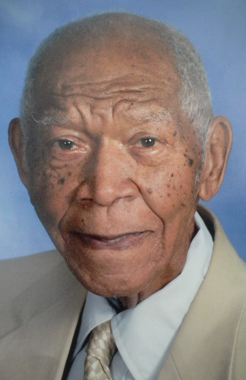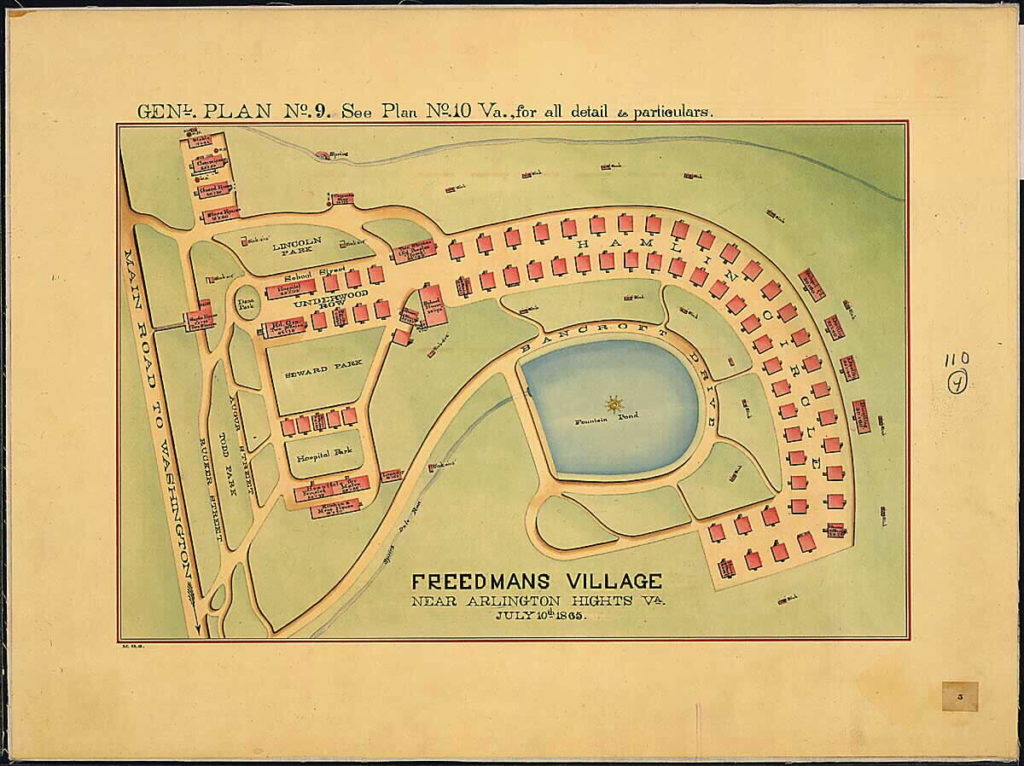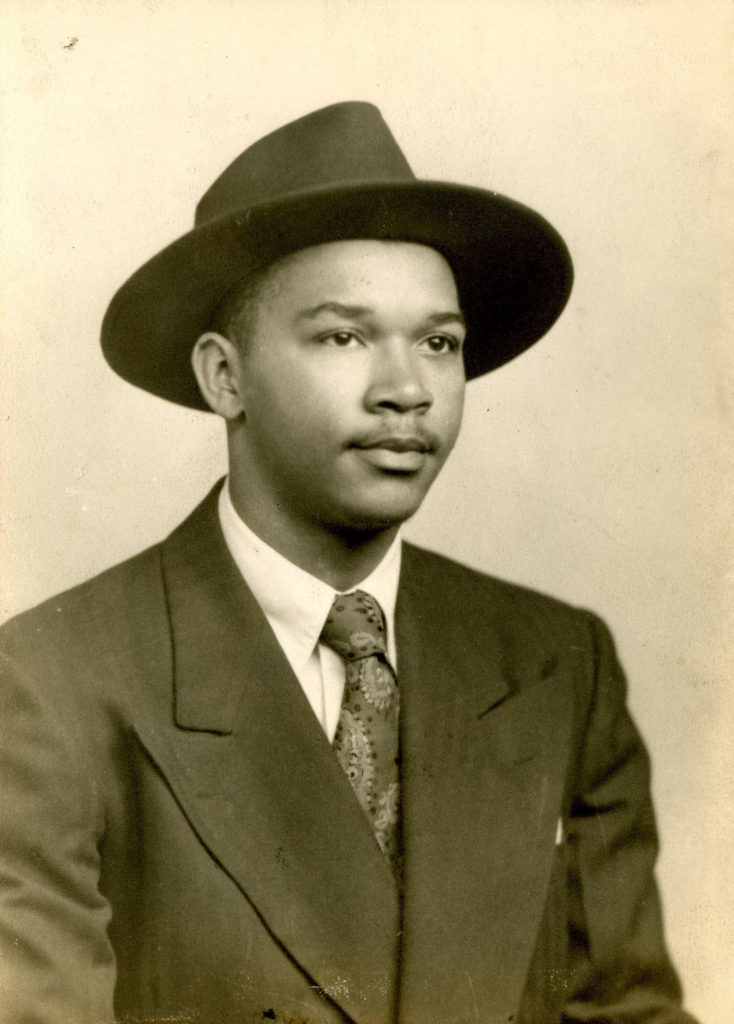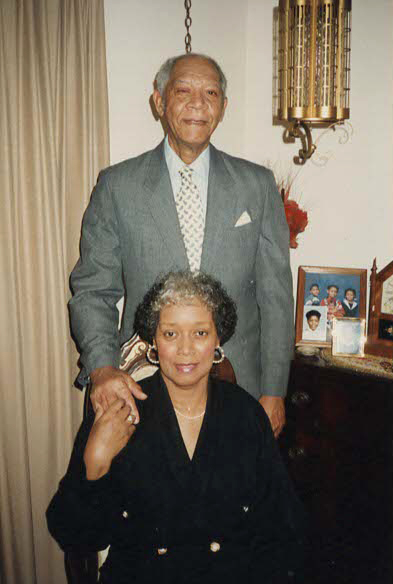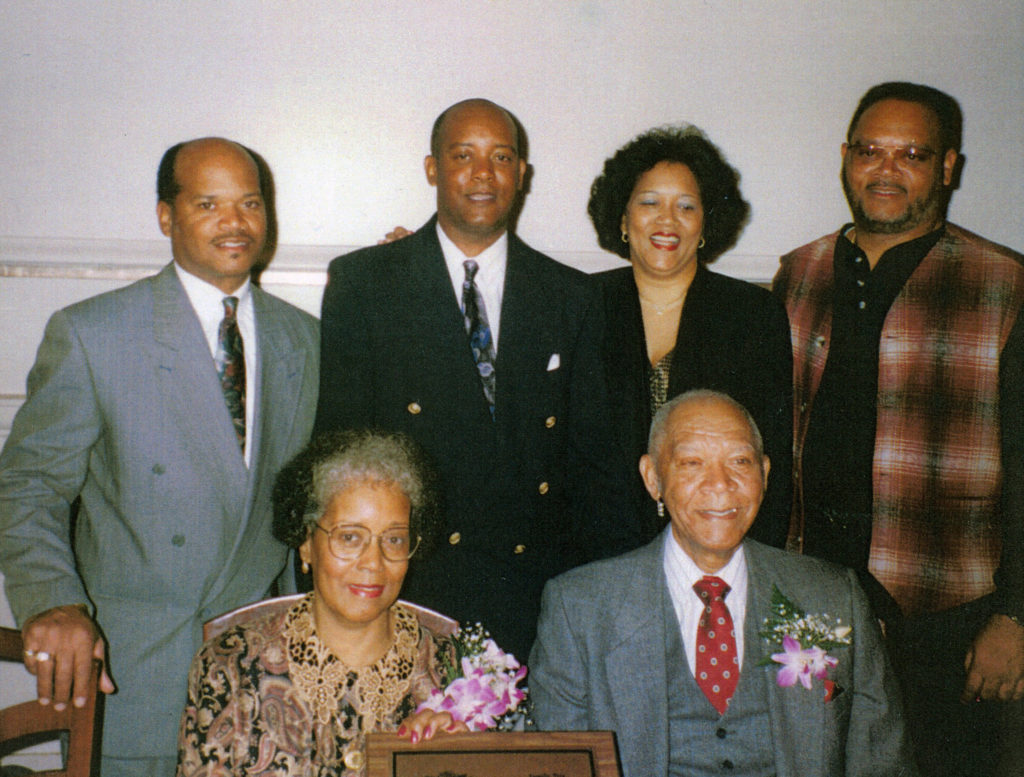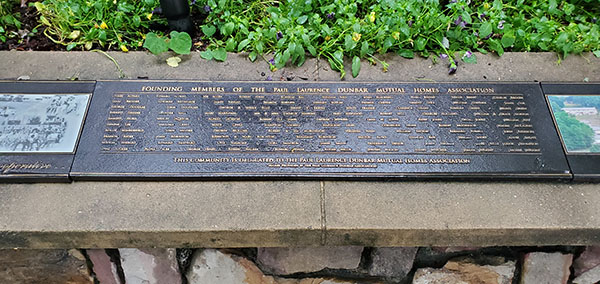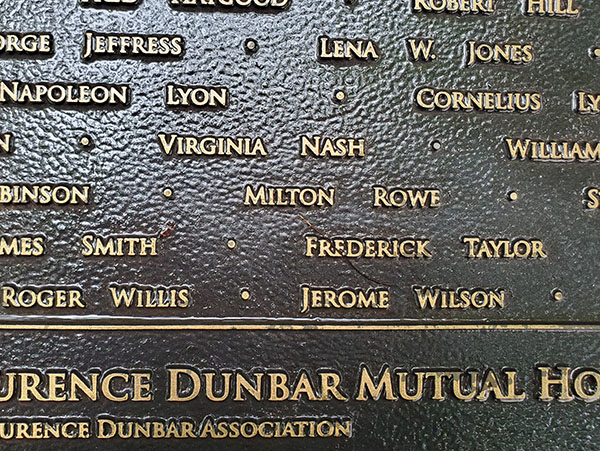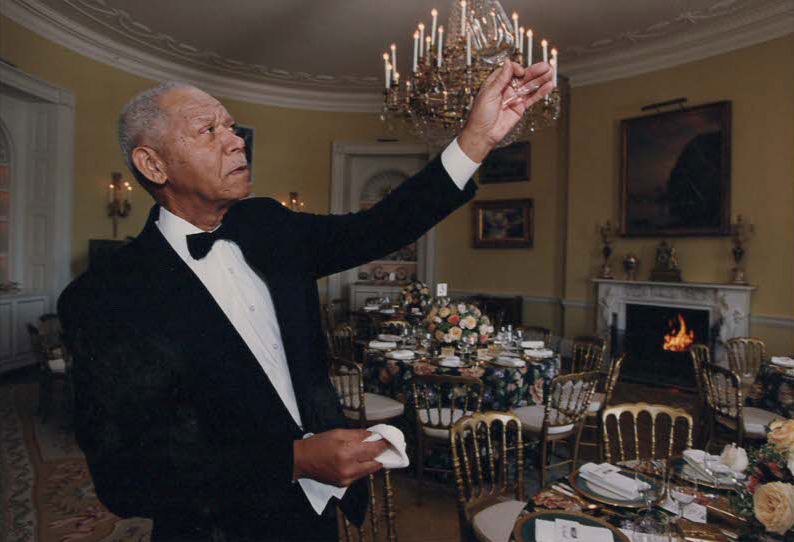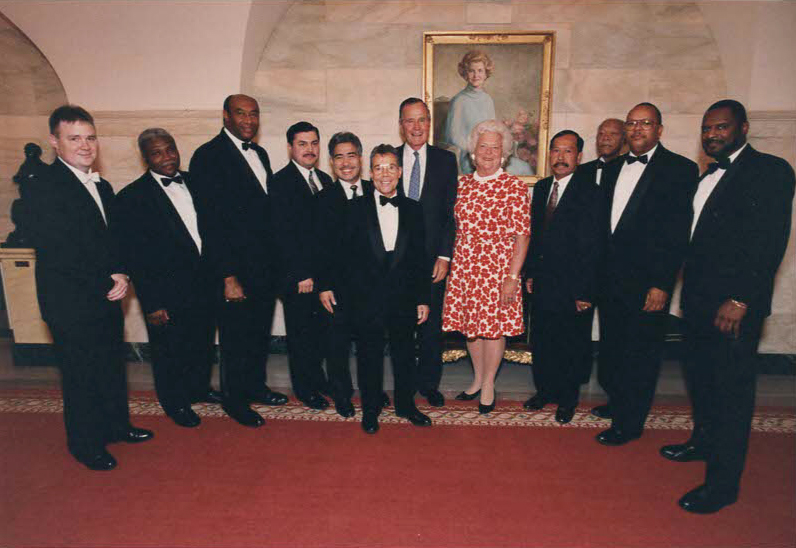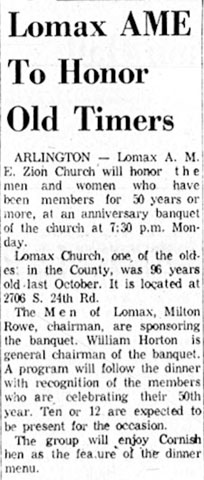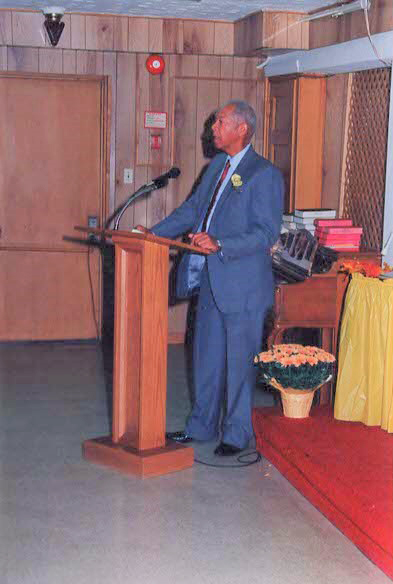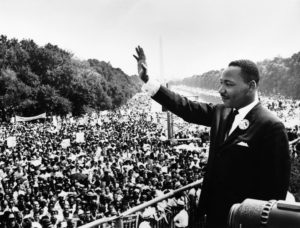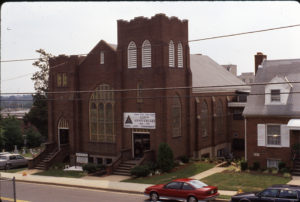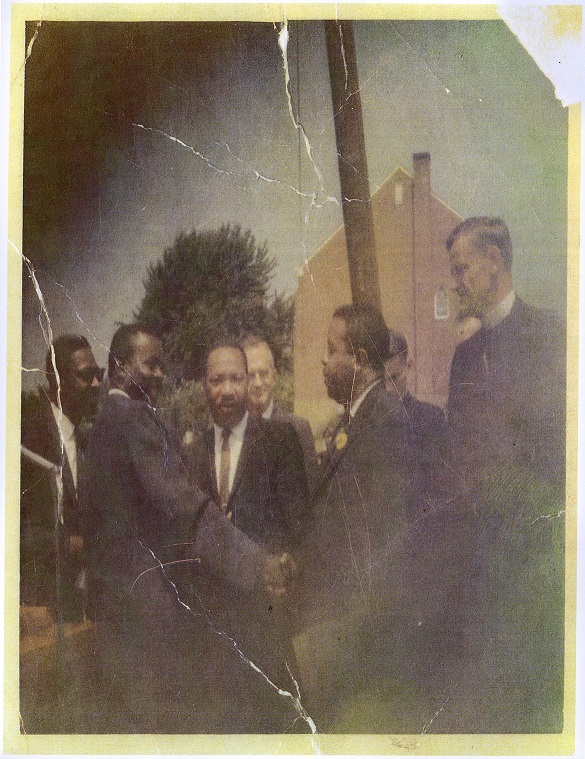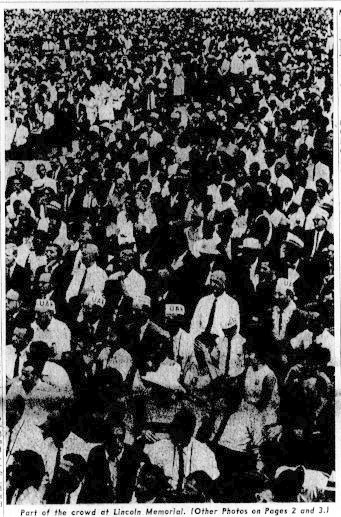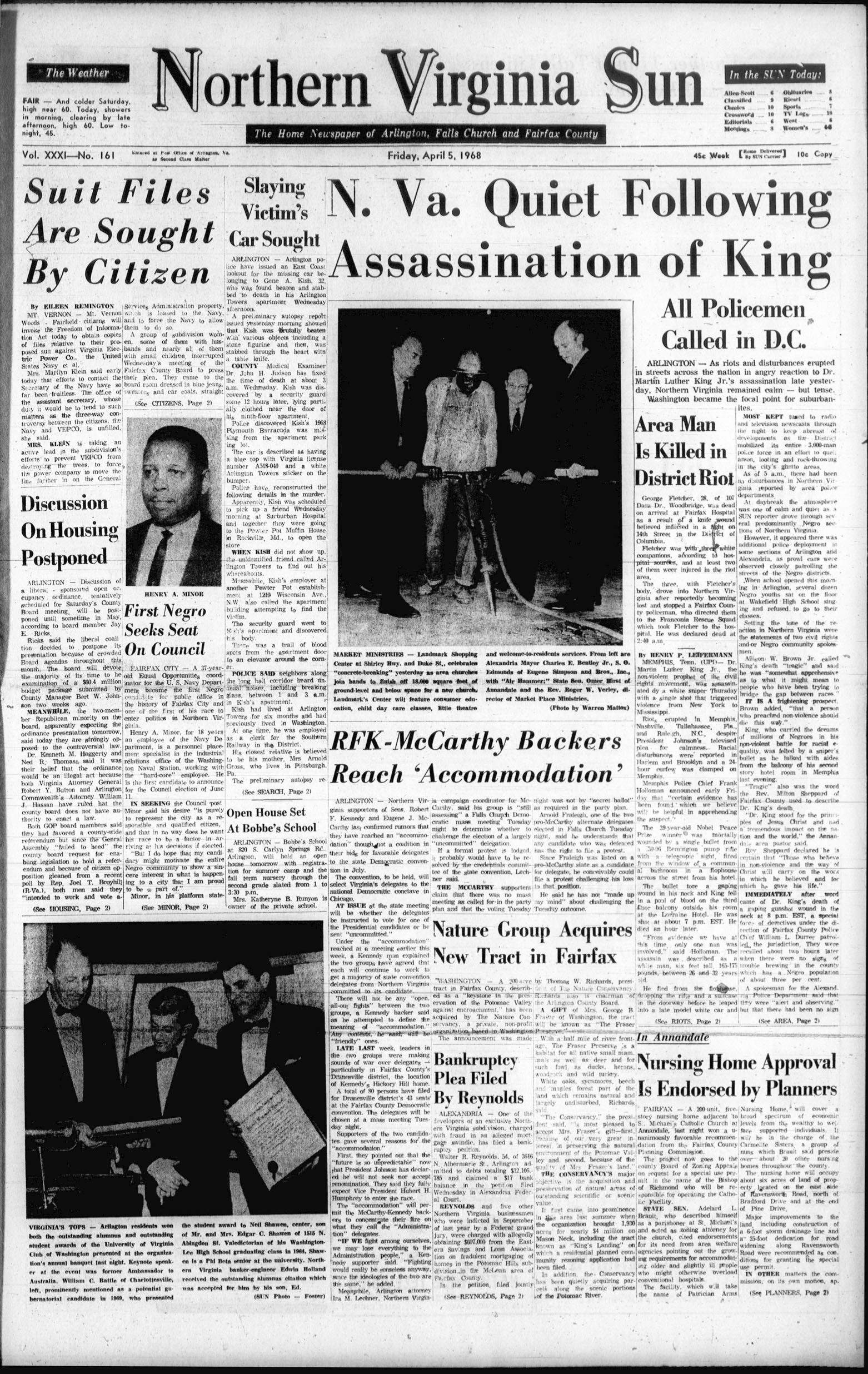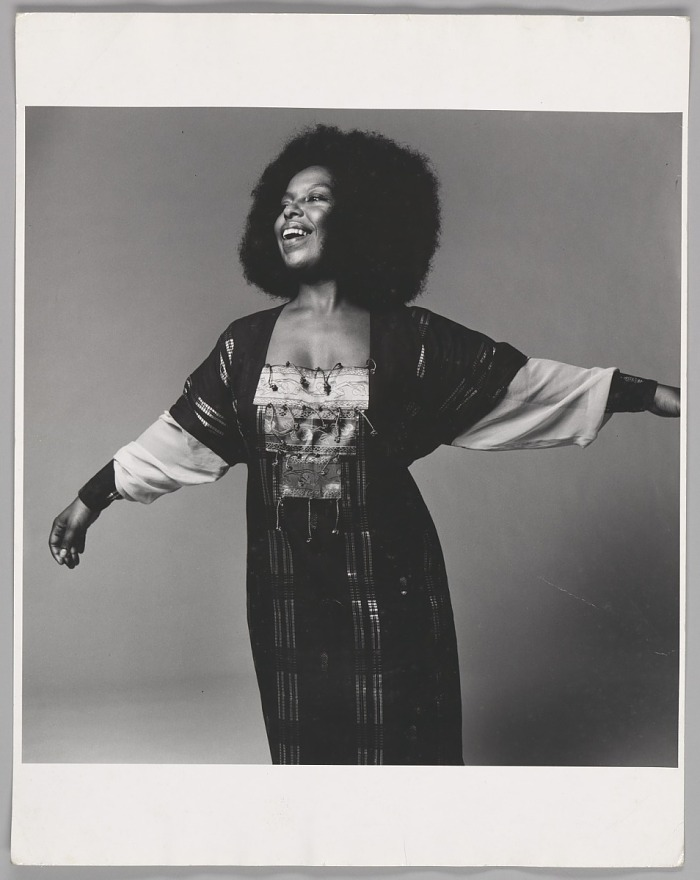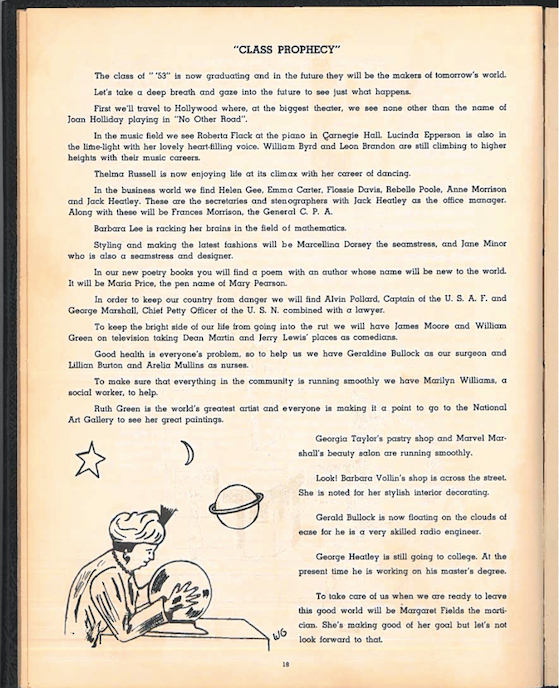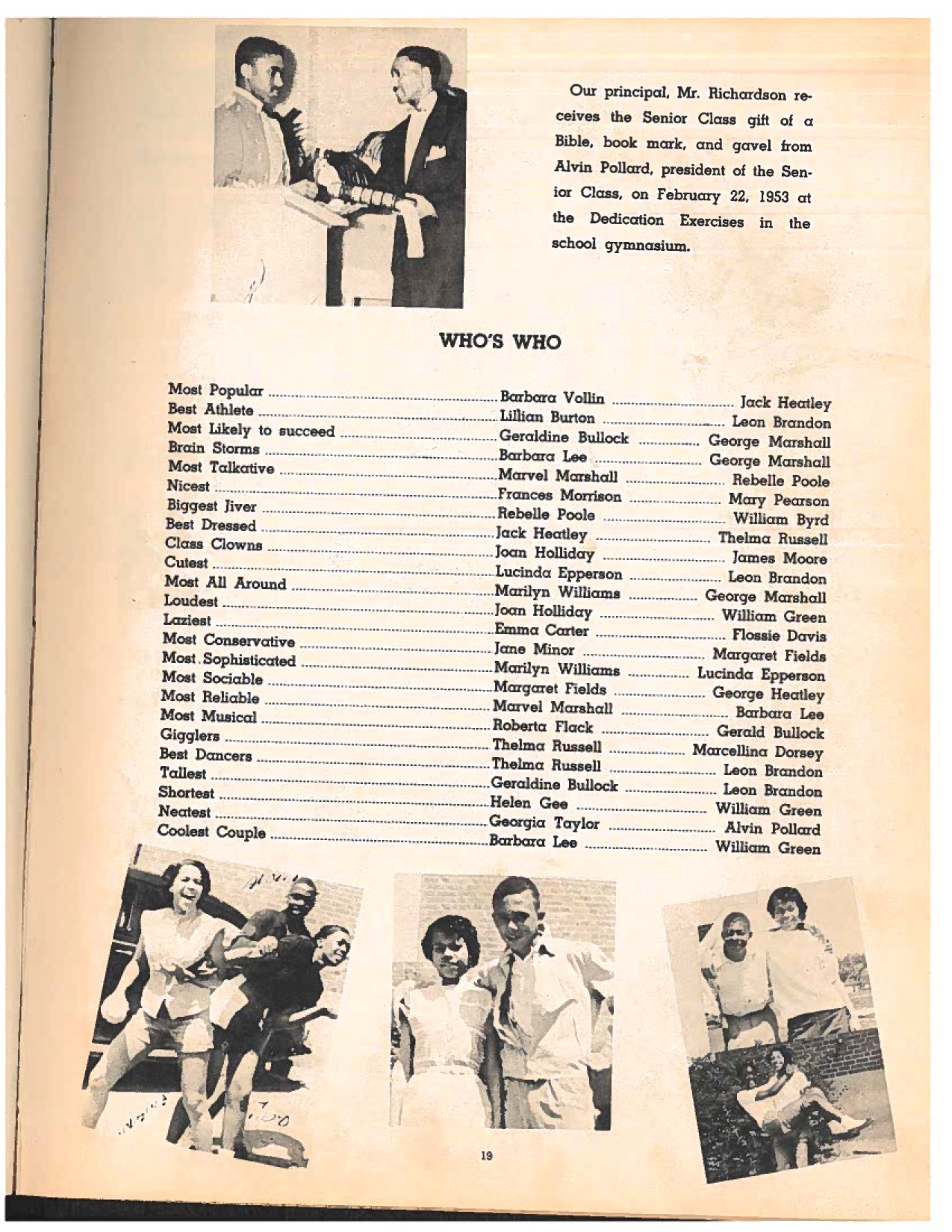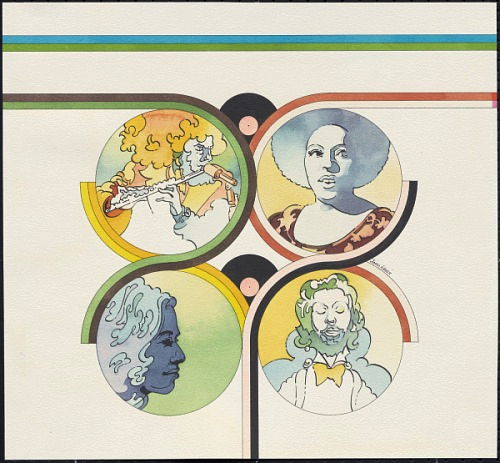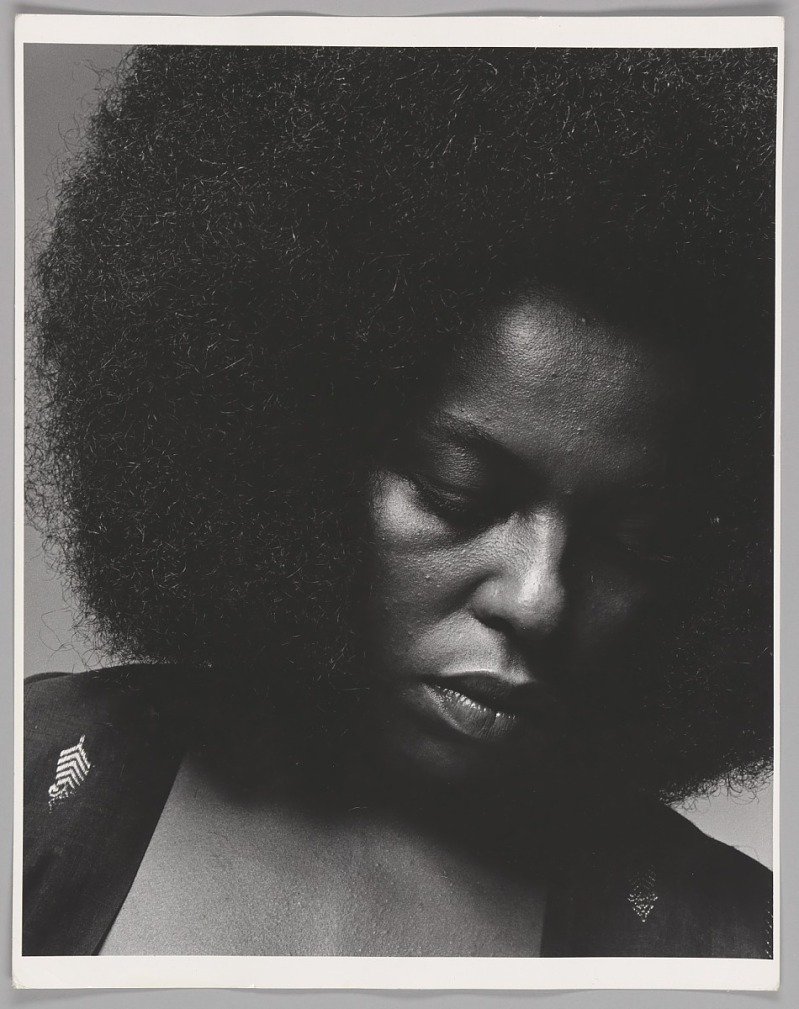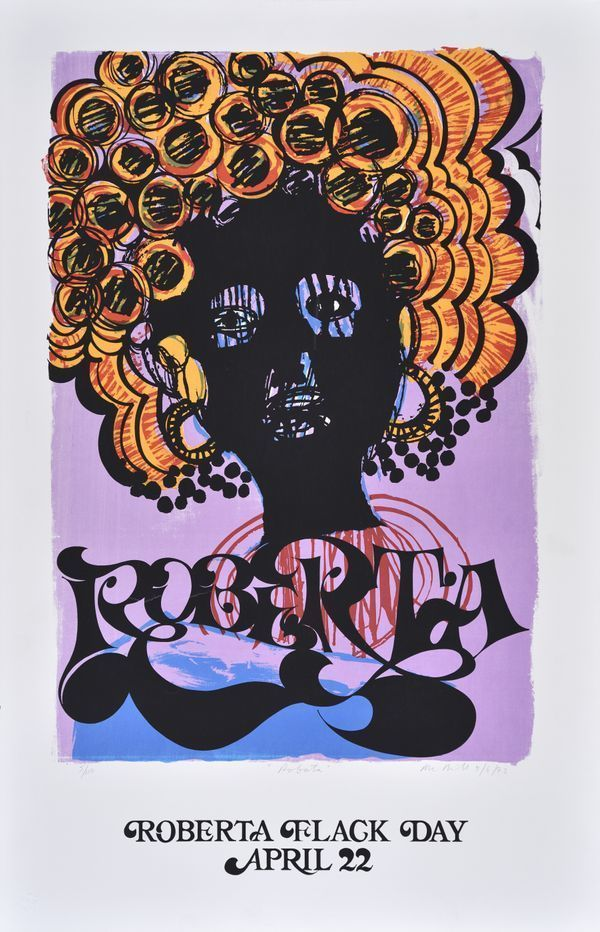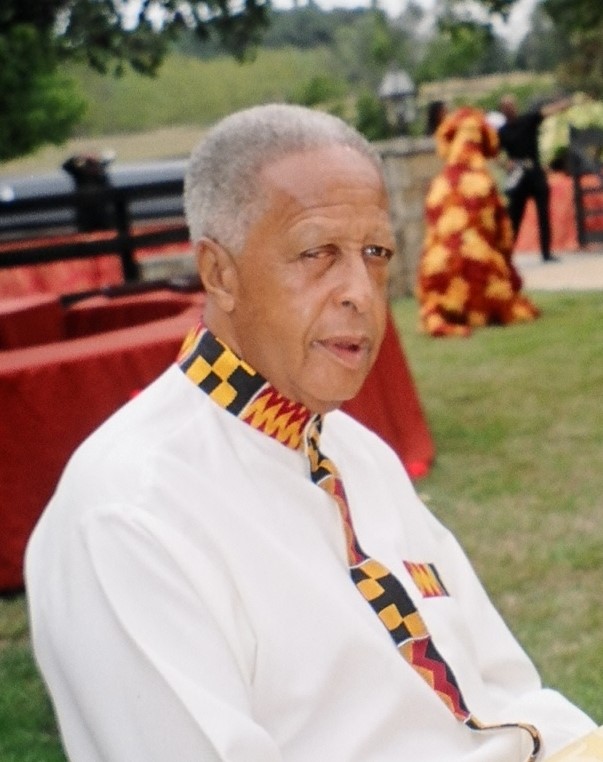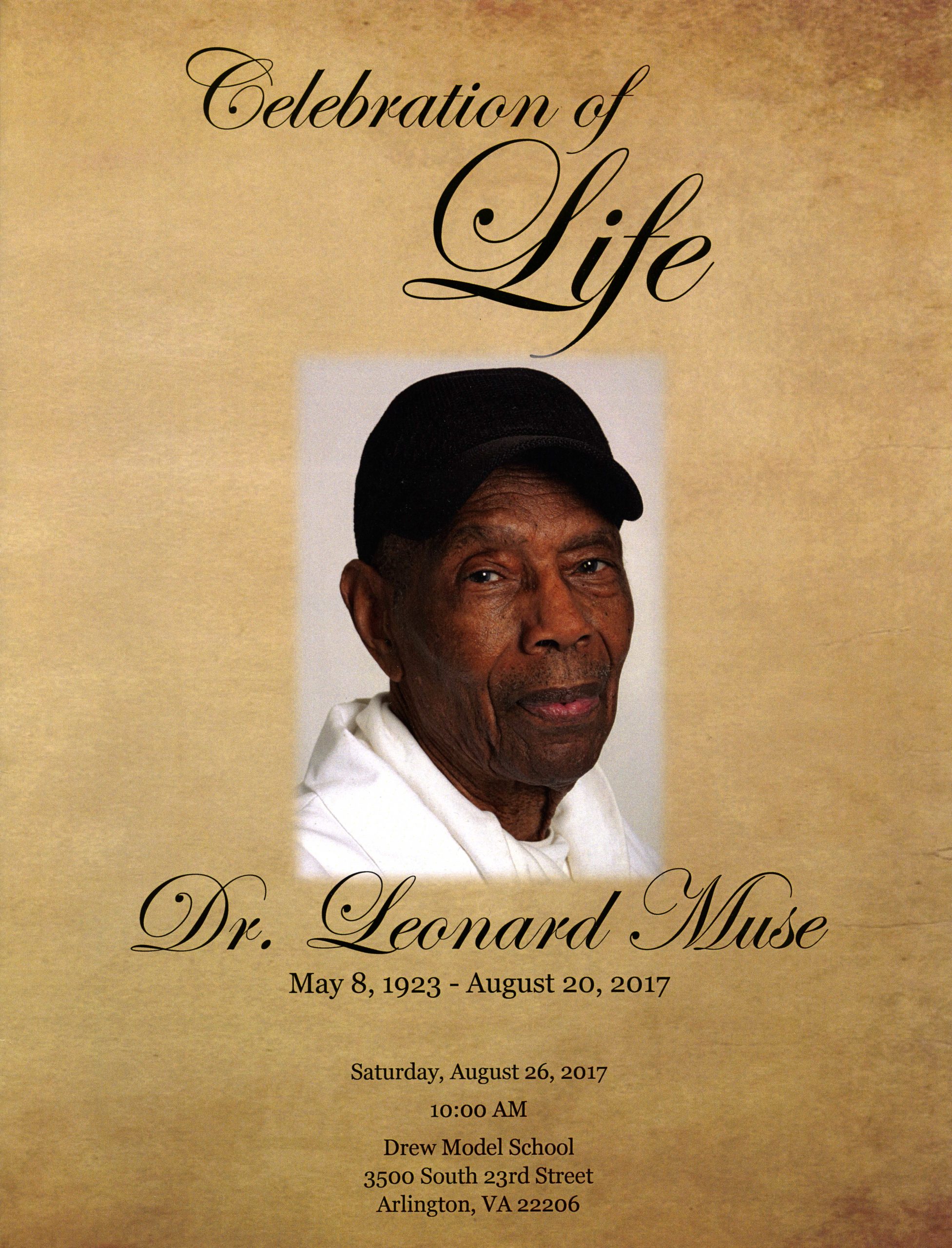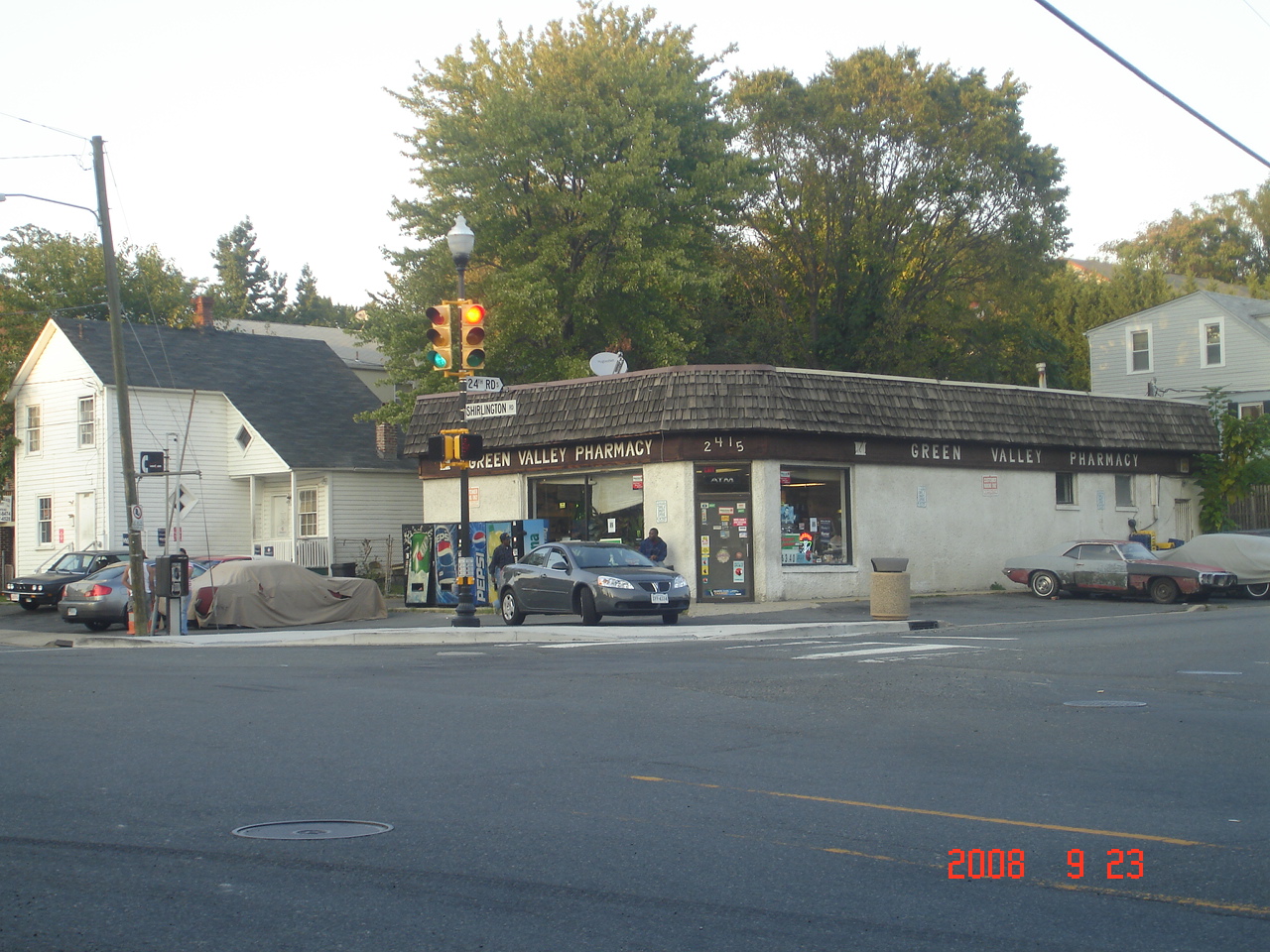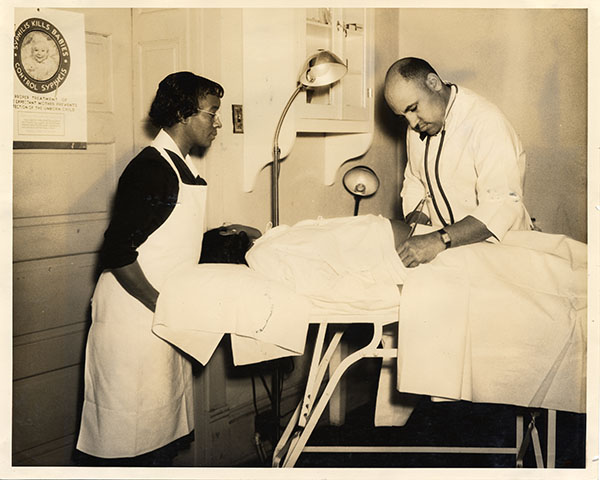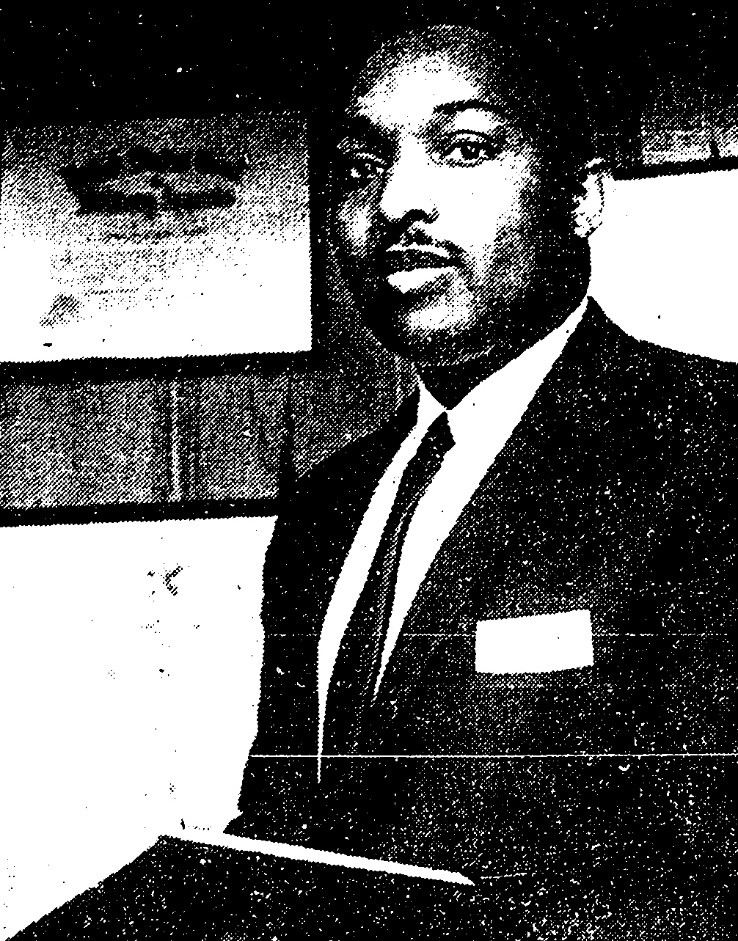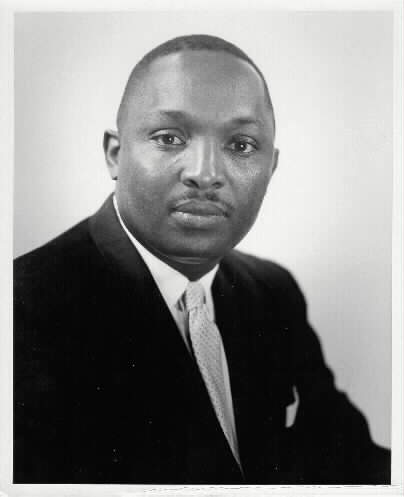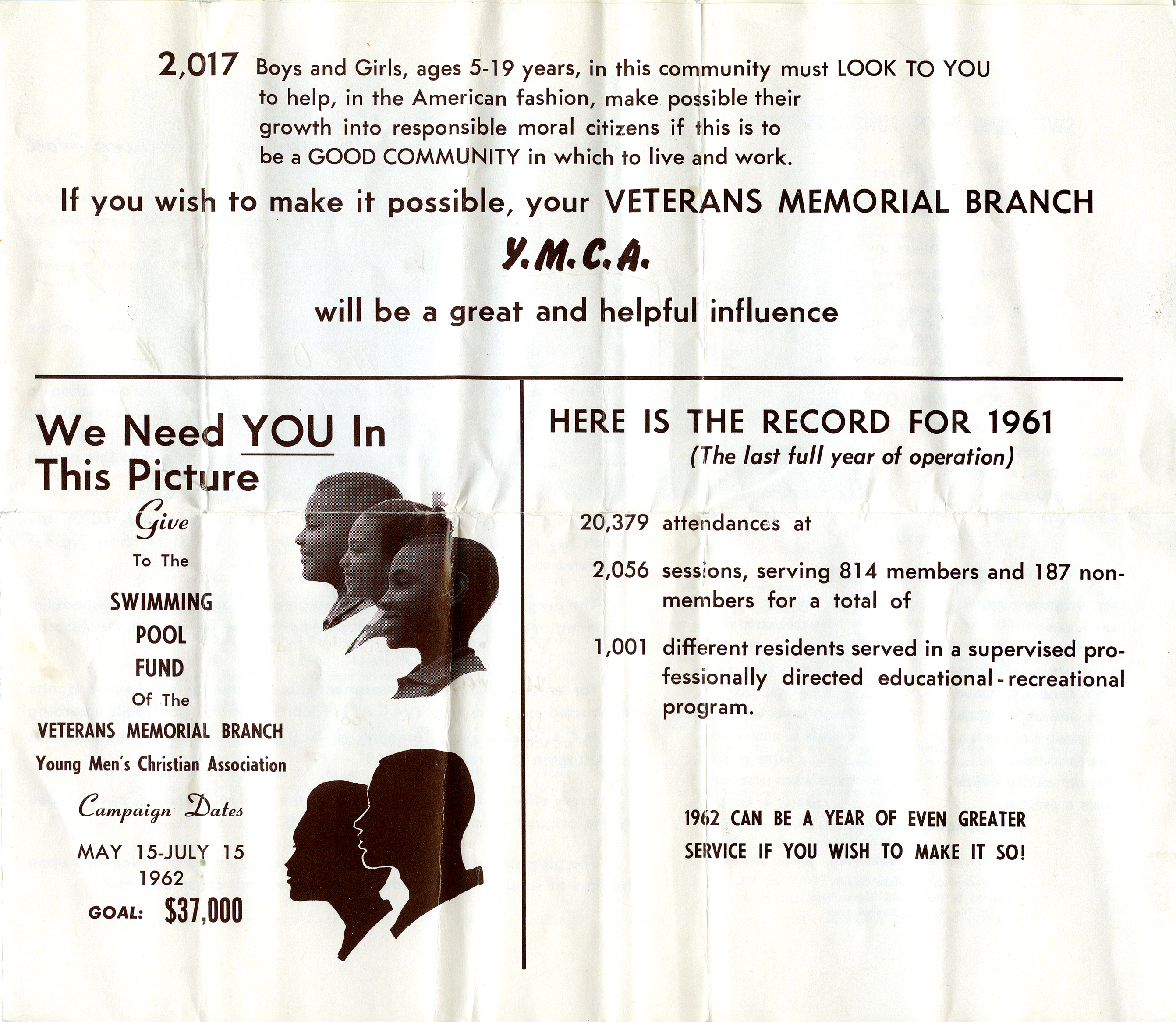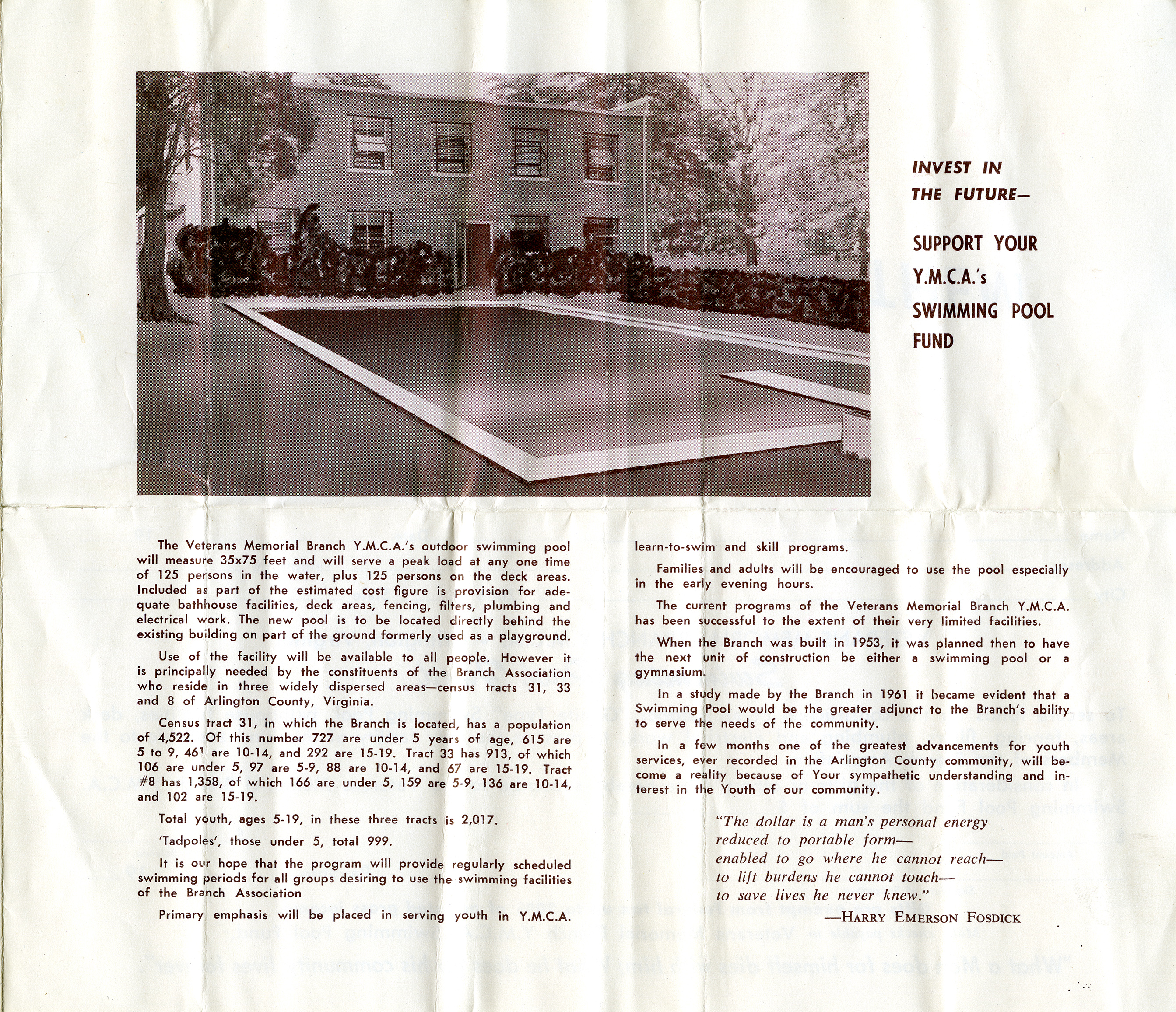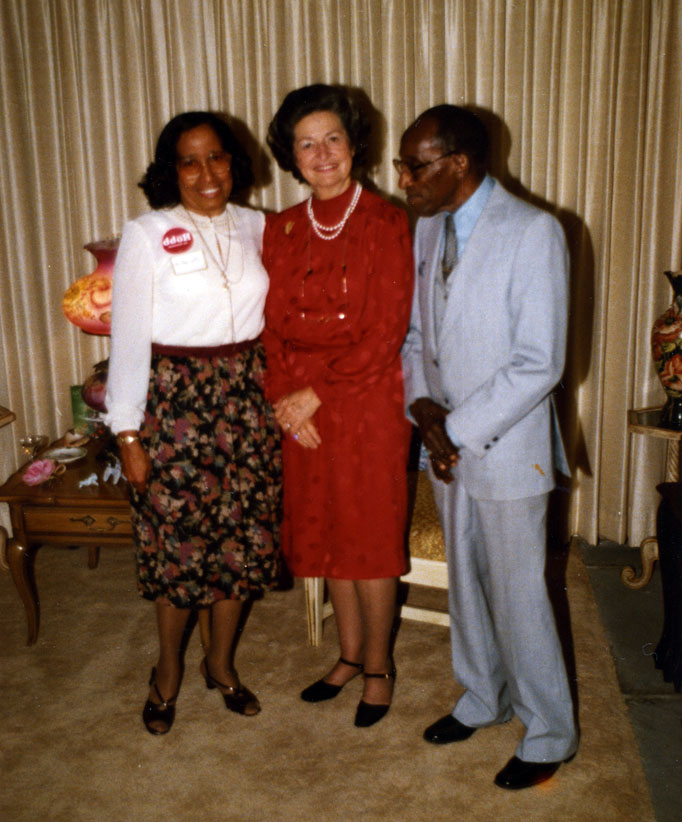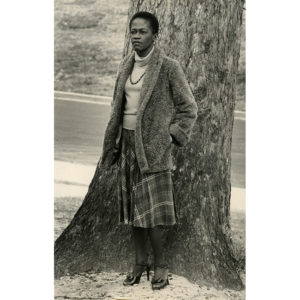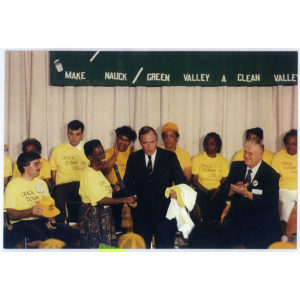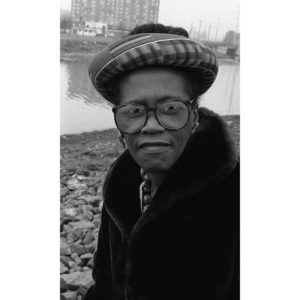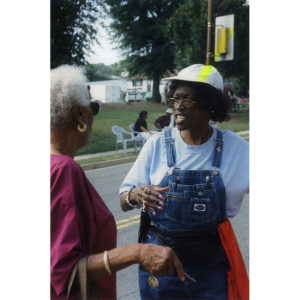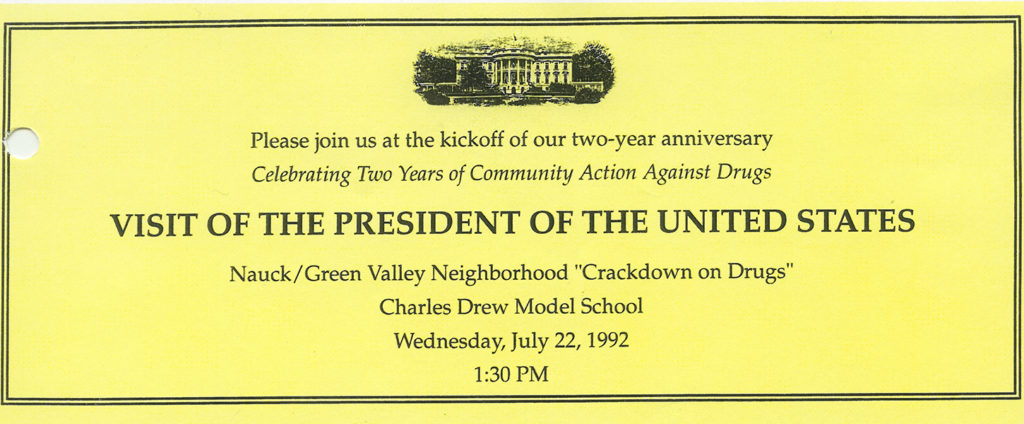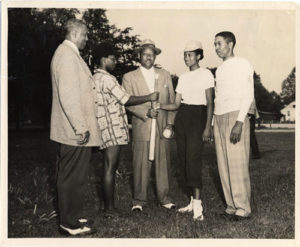Roots, Family and Legacy
Milton Isiah Rowe, Sr., (1925-2016) was born in Washington, D.C., to Hester and Isiah Rowe. His family moved to South Arlington, a community where they had longstanding family ties, in 1927, when Rowe was a young child.
With this move, Milton Rowe began his long life as a Green Valley resident. Over the next 89 years he served in many community and civic roles across the County, and became part of an Arlington legacy.
Family Ties in Arlington
Milton Rowe's great-grandfather was William Augustus Rowe (1834-1907), a pivotal figure in the early development of the Green Valley neighborhood. William Rowe had been born enslaved, and later escaped to Freedmans Village in Arlington.
Freedmans Village was established in 1863 on land seized from Robert E. Lee and occupied by the Union Army during the Civil War and became a thriving community for freed slaves.

Artist representation of Freedmans Village, circa 1864.
William Rowe first trained as a blacksmith and later served in numerous civic roles, including as the first Black member of the Board of Supervisors and Arlington District Board Chairman.
Learn more about William Augustus Rowe in our blogpost from March, 2021.
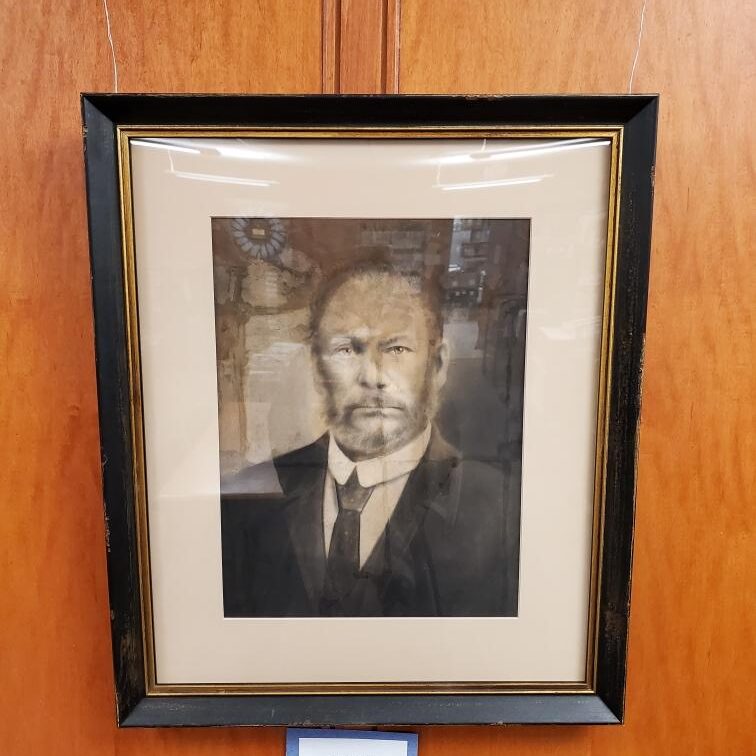
A portrait of William A. Rowe currently hangs in the Center for Local History.
Growing up in Green Valley before WWII
Milton Rowe first attended Kemper Elementary School in Green Valley. At this point, Arlington’s public school system was still segregated. Kemper was the school designated for Black children, and had opened in 1875 within Lomax A.M.E. Zion Church.
By 1893 the school had moved into a new brick, two-story building constructed by Noble Thomas, the first Black contractor in the County. Hoffman-Boston School was the only secondary school available to Black children in Arlington, and many chose to commute outside of the County for educational options.
Rowe attended Garnet-Patterson Junior High School and Armstrong Technical High School in Washington, D.C., for his secondary education. Armstrong was one of only two high schools open to Black students at the beginning of the 20th century
During and After WWII
After high school, Milton Rowe went on to work at the Pentagon and subsequently enlisted into the Coast Guard, where he served on the USS Pocatello during WWII.
Upon his honorable discharge, Rowe returned to the Arlington area to work at the Pentagon and on March 31, 1945 married Ruth Mae Robinson, who also worked at the Pentagon as a typist. They were married in Lomax A.M.E. Zion Church, the church William Rowe and his wife Ellen helped organize in 1863 and where William Rowe had also been an early member.
Ruth and Milton Rowe went on to have four children – Gloria, Milton, Jr., Elroy and Brian (as of June 1, 2022, there are 2 daughters-in-law, one son-in-law, 12 grandchildren, 11 great grandchildren and 3 great, great grandchildren).
In 1995, Milton and Ruth celebrated their 50th wedding anniversary. Ruth died in 2004.
Paul Dunbar Housing Community
Milton and Ruth Rowe were early owners of a home in the Paul Dunbar housing community in Green Valley, a wartime housing unit for Black residents built in 1944 by the Federal Public Housing Authority. They featured 15 masonry buildings with 86 units.
The Dunbar Homes were one of two major housing cooperatives established during the war, along with the George Washington Carver Homes. After the war, Black residents pooled their resources and bought the housing complexes, establishing the first two Black-owned housing cooperatives in the country. The Dunbar Mutual Homes Association maintained the property until 2006, when it was demolished.
In 1955, the couple built and relocated the family into a home near the Army Navy Country Club in south Arlington.
A historic marker celebrating the original members of the Paul Lawrence Dunbar Mutual Homes Association is located at the corner of Shirlington Road and South Four Mile Run, across from the W&OD Trailhead.
Professional Butler for Embassies and the White House
Rowe retired from the Pentagon after 37 years of service with the army, receiving many letters of commendation for his outstanding performance of duty.
He continued his career as a professional butler, a second job he held throughout his working life.
In this role, he worked at various embassies and the home of Robert F. Kennedy in McLean. There, he remembered meeting John F. Kennedy, whom he once loaned a pair of boots to on a snowy Virginia day.
Rowe also served at numerous events at the White House, where he met many of the presidents of the 20th century.
Community Engagement
Milton Rowe was active in the Green Valley community and served on the Trustee Boards and various committees at Lomax A.M.E. Zion.
He was also a member of the Nauck Citizen’s Association (now the Green Valley Civic Association), the Arlington Housing Committee, the NAACP, the Y.M.C.A., the American Legion, and several seniors’ groups. He was also an advisor to his sons’ Boy Scouts Troop #589, which has a historic legacy as one of the first local scouting groups for Black children, established in 1952 by Ernest Johnson.
A February 17, 1962, Northern Virginia Sun article mentions Milton Rowe’s role as chairman of the Men of Lomax organization, along with details from a church event. Newspaper image courtesy of Virginia Chronicle.
In 2010, NBC reported on Milton Rowe in a feature about the legacy of Freedmans Village on the grounds of Arlington National Cemetery. The cemetery was constructed on the grounds of Freedmans Village, which had been closed by the government in the 1890s to make way for the burial grounds. The closure of Freedmans Village displaced the nearly 1,000 Black residents who had made their homes there. No markers exist to commemorate the freed slaves who had once lived on the land.
Milton Rowe’s life touched many important parts of the County’s history, and his legacy lives on through his many achievements and experiences that made him a pillar of both Green Valley and Arlington at large.
Learn more: Milton Rowe is featured in Dr. Alfred O. Taylor’s book “Bridge Builders of Nauck/Green Valley: Past and Present.”
The Center for Local History at the Arlington Public Library collects, preserves and shares historical documents that tell the history of Arlington County, its citizens, organizations, businesses and social issues. The CLH operates the Research Room at Central Library and the Community Archives program.
Because there are always more layers of history to find and examine, the CLH continually seeks community donations and oral histories.
Use this form to send a message to the Center for Local History or contact us at localhistory@arlingtonva.us.
Center For Local History - Blog Post Message Form
Do you have a question about this story, or a personal experience to share? Use this form to send a message to the Center for Local History.
"*" indicates required fields
